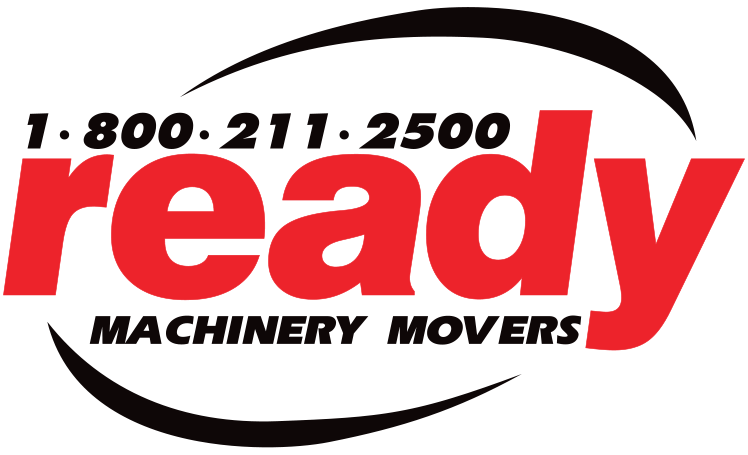How to organize a warehouse filled with heavy machinery?
Organizing a warehouse properly is essential to operational efficiency when working with heavy machinery, it aids against safety risks, and allows for effective inventory management.
Proper organization not only maximizes the use of available space but also enhances workflow, and facilitates easier access to machinery when needed.
By implementing a strategic layout plan, robust storage solutions, and comprehensive safety measures, businesses can create a well-structured environment that supports both daily operations and long-term maintenance.
Layout Planning
Zoning: Divide the warehouse into zones based on machinery type, frequency of use, or operational requirements.
Aisle Space: Ensure aisles are wide enough to accommodate the movement of machinery and forklifts.
Accessibility: Place frequently used machinery closer to the entrance and less frequently used items further away.
Storage Solutions
Heavy-Duty Racks and Shelving: Use robust shelving designed to bear the weight of heavy machinery.
Pallet Racks: For machinery stored on pallets, use pallet racking systems that can handle the load.
Floor Marking: Mark storage areas on the floor to designate where each piece of machinery should be placed.
Safety Measures
Safety Zones: Establish clear safety zones around each piece of machinery to prevent accidents.
Signage: Use signage to indicate the type of machinery, weight limits, and operating instructions.
Training: Ensure that all personnel are trained in the safe operation and handling of machinery.
Inventory Management
Labeling: Use durable labels and barcodes to identify each piece of machinery.
Inventory System: Implement a computerized inventory management system to track the location and status of each item.
Regular Audits: Conduct regular inventory audits to ensure all machinery is accounted for and in the correct location.
Maintenance and Inspection
Scheduled Maintenance: Create a maintenance schedule for each piece of machinery to ensure it is regularly serviced.
Inspection Checklists: Use checklists for routine inspections to identify potential issues before they become major problems.
Maintenance Records: Keep detailed records of all maintenance activities for future reference.
Operational Efficiency
Workflow Optimization: Design the layout to optimize workflow and minimize the movement of machinery.
Staging Areas: Designate areas for staging machinery that is ready to be moved or used, separate from storage areas.
Clear Pathways: Keep pathways clear of obstacles to facilitate easy movement of machinery.
Emergency Preparedness
Emergency Exits: Ensure there are clearly marked emergency exits that are accessible at all times.
First Aid Kits: Keep first aid kits and emergency equipment readily available.
Emergency Training: Conduct regular emergency drills and training sessions for all staff.
Organizing a warehouse without a strategic approach can be an overwhelming task. Due to the size, scale, and volume of machinery you are dealing with, it requires meticulous planning to ensure safety, efficiency, and accessibility.
Utilizing technology for inventory management and workflow optimization further enhances the efficiency and effectiveness of warehouse operations. By continuously monitoring and adjusting organizational strategies, businesses can maintain a high level of functionality and safety, ultimately driving productivity and reducing downtime.
We hope this blog on ‘How To Organize A Warehouse Filled With Heavy Machinery’ has been helpful!
